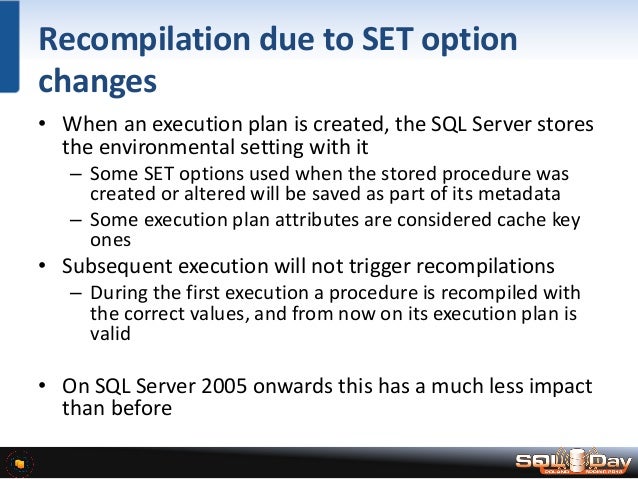Object Metadata Table Cannot Be Changed

Automatical assignment of unique valuesAs mentioned inOJB provides a mechanism toautomatic assign unique values for primary key attributes. You just have to enable theautoincrement attribute in the respectiveof the XML repository file as follows.This definitions contains the following information:The attributearticleId is mapped on the table'scolumnARTICLEID. The JDBC Type ofthis column isINTEGER. Thisis a primary key column and OJB shall automatically assign unique valuesto this attribute.This mechanism works for all whole-numbered column types like BIGINT, INTEGER, SMALLINT.and for CHAR, VARCHAR columns. This mechanism helps you to keep your business logic freefrom code that computes unique ID's for primary key attributes. Force computation of unique valuesBy default OJB triggers the computationof unique ids during calls to PersistenceBroker.store(.).Sometimes it will be necessary to have the ids computed in advance,before a new persistent object was written to database.This can be done by simply obtaining the Identity of the respective object asfollows:Identity oid = broker.serviceIdentity.buildIdentity(Object newPersistentObject);This creates an object for thenew persistent object and set all primary key values of the new persistent object- But it only works ifis enabled for the primary key fields. How to change the sequence manager?To enable a specificimplementation declarean sequence-manager attribute within theelement in the.If no sequence-manager was specified in thejdbc-connection-descriptor, OJB use a default sequence manager implementation(default was SequenceManagerHighLowImpl).Further information you could find in thesection sequence-manager element.Examplejdbc-connection-descriptor usinga sequence-manager tag:The mandatoryclassName attribute needs the full-qualified class nameof the desired sequence-manager implementation.
If a implementation needs configurationproperties you pass them usingtags withattribute-name represents the property name andattribute-valuethe property value. Each sequence manager implementation shows all properties onthe according javadoc page. NameValueDescriptionSupported Byseq.asdatabase specific, e.g. INTEGERDatabase sequence specific property.Specifies the datatype of the sequence, the allowed datatypesdepend on the used database implementation.DB2seq.start1.
I have a table that has an ID, a value, and a date. There are many IDs, Values, and dates in this table. Trying to find the last time that a value has changed. Ask Question 25. It assumes that Tacovalue cannot change back to a previous value – same as the linked answer, in fact.) A SQL Fiddle demo for the query. 12 Importing, Exporting, and Upgrading Metadata. This section describes how to use the Metadata Loader for change and version management. The Metadata Loader copies and moves all types of metadata objects in a repository.
How to activate game cd key:Launch Origin platform on your PC and log in to your account. Sims 3 middle earth.
Max INTEGERDatabase sequence specific property.Specifies the first sequence number to begenerated. Allowed: 1 or greater.Oracle, PostgreSQL, MaxDB/SapDB, DB2seq.incrementBy=1Database sequence specific property.Specifies the interval between sequence numbers.This value can be any positive or negativeinteger, but it cannot be 0.Decrement sequences are currently not supportedOracle, PostgreSQL, MaxDB/SapDB, DB2seq.maxValue1.
The sequence-name attributeSeveral implementationsusing sequences (synonyms: sequence objects, sequence generators)to manage the ID generation. Sequences are entities which generate unique ID's usinge.g. Database table per sequence, database row per sequence or an in-memory java-object.To address the sequences, each sequence has an unique sequence-name.In OJB the sequence-name of an autoincrement field is declaredin a sequence-name attribute within the.The sequence-name attribute in the field-descriptor is onlyneeded if the used sequence manager supports sequences, the field should beautoincremented and the auto-assign of a sequence-name is not desired.
Questions When using sequence-name attribute in field-descriptor?MostSequenceManager implementations based on.If you want retain control of sequencing use your ownsequence-name attributein thefield-descriptor. In that case you are reponsible to use the same nameacross extents, we call it (see moreinfo about ).Per default the sequence manager build its ownextent aware sequence name with ansimple algorithm(seeorg.apache.ojb.broker.util.sequence.SequenceManagerHelper#buildSequenceName)if necessary.In most cases this should be sufficient. If you have a very complex data model and youwill do many metadata changes in the repository file in future, then it could be betterto explicit usesequence-names in thefield-descriptor.
Object Metadata Table Cannot Be Changed Youtube
Seemore.What to hell doesextent aware mean?Say we have an abstract base classAnimal and two classesDog andCatwhich extendAnimal. For each non-abstract class we create a separatedatabase table andin OJB.Now it is possible to do a query likegive me all animals and OJB will return all Cat and Dogobjects. To make this working in OJBthe ID's of Dog and Cat objects must be unique across thetables of both classes or else you may not get a vaild query result (e.g. You can'tquery for the Animal with id=23, because in both tables such an idcan exist).The reason for this behaviour is theclass implementation (more details see javadoc/source of this class).How could I prevent auto-build of the sequence-name?All shippedSequenceManager implementations which using sequence namesfor UID generation, support by default auto-build (autoNaming) of the sequence nameif none was found in thefield-descriptor.To prevent this, all relevant SM implementations support aautoNamingproperty - set viaattribute element. If setfalse OJB doesn'ttry to build sequence names automatic.Keep in mind that user defined sequence names have to be.Sequence manager handling using multiple databasesIf you use multiple databases you have to declare a sequence manager in eachjdbc-connection-descriptor. If you don't specify a sequence managerOJB use a default one (currentlyojb.broker.util.sequence.SequenceManagerHighLowImpl).One sequence manager with multiple databases?OJB was intended to use a sequence manager per database. But itshouldn't be complicated to realize a global sequence managersolution by writing your ownSequenceManager implementation.Can I get direct access to the sequence manager?That's no problem:PersistenceBroker broker =PersistenceBrokerFactory.createPersistenceBroker(myPBKey);SequenceManager sm = broker.serviceSequenceManager.broker.close;If you useautoincrement=true in yourfield-descriptor,there is no reason to obtain UID directly from the sequence manager or to handleUID in your object model.Except when using user-defined sequence manager implementations, in this caseit could be needed.
Comments are closed.